|
Thanks a lot Bhaskar for inviting me to Anant National University. It was amazing to meet new friends and enthusiastic learners. Like I said before, the place has all the ingredients, structure, facilitators and drivers to create an exciting new paradigm of Design. With an amazing vibe at ANU, the possibilities are literally Anant.
Recently, I participated in an online seminar, How is an Institution Designed and How Do They Shape Knowledge? The session was hosted by Nia Thandapani and included Bao and Tanveer Ahmed as my co-discussants. Sharing the recording here.
Thanks to the IDC School of Design IIT Bombay invite, I presented my doctoral research experience in Design History to the PhD aspirants. My presentation, "PhDing Design History: An Uncharte(re)d Research Journey in India?" elaborated on the research gaps, challenges, opportunities and a few suggestions for new and future PhD scholars. The slides presented are available in this link.
Coming back to the region which was my home for the most adventurous five years of my life. Coming back to the land of my ultimate mehman-nawazi (in-laws' place). Happy to reunite with my most irritating friends after 14 years.
With the blessings of my parents, in-laws, and gurus. Wishes from my friends and students. With unconditional support from my better half Karnika Tewari I am very excited to begin a new chapter in my life. I am thrilled to join the Department Of Design IIT Delhi at Indian Institute of Technology Delhi Ab Design-o-jaan, IIT Dilli ke naam Today was my last working day at SPA Bhopal. Not just an institution but a family close to my heart. At 26, I joined SPA as the youngest faculty in 2012, leaving as a young mid-career at 37.
The decade-long association was filled with a range of adventures and experiences: the most pivotal was with my students, who kept me on my toes with their queries, hopes and expectations. The first innings was marked by the supremely talented and energetic but innocent First Year B.Archs, with whom I relived the emotions of my college days. Teaching the basics was tiring at times, but their response and progress were satisfying. The special mention here is the Measured Drawing trips, which were one of the opportunities to learn to be a hard taskmaster. The History and Theory of Architecture classes too were received excitingly by the mid years. Thesis students made it special by delivering the best. I learnt a lot from you guys. The second innings was oriented around the curious minds of MDes students to whom I often acted as a senior. We tried to turn many constraints into opportunities, and to my luck, often, things would fall in place. The students surprised me with the quality of their work, research and design. The opportunity to not just teach Visual Communication but establish it as a viable stream in an Architecture school was only realised by the body of the work of MDes students. I hope they enjoyed the co-learning, as much I did. To the many students, I could not formally engage in courses, I attempted to interact wherever I could in the campus to learn more about their career interests and life plans and offer any gyan. I was fortunate to work with most of my colleagues, faculty and staff at SPA Bhopal. Be it the Design studios, academic projects, organising groups, or any other administration committees, I tried to learn and communicate my views respectfully. Besides the usual/sweet/heated academic exchanges, the most memorable was organising the Convocations, where the whole institute worked in unison. I also recall the unique Learning by Making Integral Studio in 2015 laid a foundation for Design in SPA Bhopal. I am proud to have contributed my bit. I was also fortunate to have the opportunity to co-initiate the Department of Design and build the curriculum from scratch with my Design colleagues. The pandemic disturbed our plans; however, the show continued. The feedback from the master's students and their work beyond the two-year programme has been very encouraging. The young department appears to be on a robust foundation now. It was only possible with the dedicated work of the students, faculty colleagues and all the visitors, juries and reviewers who constructively shared their experiences in Design at the Department. As the first faculty member to move to the Bhauriland (SPA Bhopal campus at Bhauri) in June 2013, I am nostalgic to the core. I will miss all these small-little memories on campus: be it the skies of Bhauri, the student crowd at Nescafe (ex-TNT), the dogs of Bhauri, the student activities in random corners, the serene lake, the view from my balcony towards the cricket/football ground and bougainvillaea fence. I lived an ideal campus life, five minutes walk to the studio, lunch at home, and evening interactions with neighbours, colleagues and students. I will miss this campus for sure. I am leaving SPA Bhopal physically. But the decade-long experience, learning and memories will be with me forever. I thank each one of you who made this chapter splendid. Sincere Gratitude! Fir milenge. A BIG thanks to people at Design Programme, IIT Kanpur, especially my supervisor Prof Shatarupa Thakurta Roy for supporting my work throughout, and my coursework profs Kumar Ravi Priya Munmun Jha Satyaki Roy Swargajyoti Gohain AK Sharma for an engaging and robust foundation. I hope to elaborate further on my work in Postcolonial Design History in India.
School of Planning and Architecture, Bhopal (SPAB), in collaboration with the Rajiv Gandhi University, Itanagar (RGU), organised an online Symposium, Resilient Ziro 2041. This symposium was organised under the EU Erasmus+ project BReUCom aimed to bring together the natives, residents, urban professionals, academics, researchers and other stakeholders in visioning the resilient future of the Ziro Valley in Arunachal Pradesh. The valley, which is on the UNESCO Tentative List of World Heritage Sites, is the living laboratory of sustainable practices in the domains of community, craft and culture.
The inaugural session witnessed Prof Sarit Kumar Choudhuri, a renowned anthropologist and Professor at RGU, noting the event's significance concerning the tribal heritage and the developmental visions of the planners in the North-East region in India. Prof Rama Pandey hosted the session. The inaugural session was followed by a presentation on Ziro, Learning from Ziro, by the former students (batch 2018-20) of the Department of Design at SPAB. The presenters, Ayushi Wakankar, Rik Bhattacharjee, Rinki Sambhani & Jayant Kumar, highlighted the examples of Objects, Spaces, Communication and Systems in the Ziro valley. The presentation oriented the audience towards the unique prepositions of culture, sustainability and resilience at Ziro. The panel discussion, moderated by Dr Saurabh Tewari, hosted the natives and locals of the Ziro Valley around a central question, “How do you see the Ziro Valley in 2041?”. The discussants responded to the question and elaborated their perspectives and visions for the valley. Dr Tage Kanno, DMO at Ziro, shared his logic of nominating the Ziro Valley in the Tentative List of Heritages sites at UNSECO. Nani Jalyang, a local entrepreneur, highlighted the role of women in the various facets of life and future in the valley. Rinyo Ngilyang, an architect and planner, lamented the current state of built practices. She called for adopting the local and traditional construction methods over the unsustainable techniques and materials from the mainland. Rana Gyati, an Apatani cultural activist, highlighted the role and importance of community in charting the development plans. Chobin Punyo, an artist and academic at RGU, proposed the opportunities for creative brains in the valley. The technical session, chaired by Prof Dr Natraj Kranthi from SPAB, hosted the structured presentations around the theme and site. Prof Anand Wadwekar from SPAB elaborated on the concepts and literature from Urban Resilience. Further, Rana Gyati, an Apatani cultural activist from Itanagar, highlighted the cultural wealth of sustainable practices in the valley. Rinyo Ngilyang presented the strategies for conserving the valley's built environment and cultural landscape. Her empirical study on the site highlighted the gaps in land management, water management, and settlement planning strategies among the authorities and traditional practices. Finally, Paritosh Goel explained the proposed Ziro Master Plan 2030 and called for further discussion over strategies for urban resilience in the site. The concluding session discussion brought forward the concepts of participatory design and planning, more engagements with the locals while preparing future plans, and sustained documentation of tangible and intagible heritage of Ziro Valley. The Valedictory Session witnessed the Chief Guest, Prof Dr Saket Kushwah, Vice-Chancellor (RGU), calling for greater synergy between all the stakeholders, including humans and wildlife of environment in the North-East. He also called for preparing a model for development in environmentally sensitive and tribal heritage regions in India. Overall, the event witnessed a warm reception from various audiences, including the students, professionals and researchers from the fields of Urban Planning, Social Sciences, Architecture and Design. More than 100 participants from the 172 registrations were present throughout the event. It was a great opportunity to interact with the community at Indian Institute of Technology Gandhinagar I elaborated on the ideas around Design and Modernity through India's unique post-colonial Design History. Thanks to Prof Manasi Kanetkar at Design & Innovation Centre for inviting me. #design #history #designeducation
I had an opportunity to connect with an absolutely new audience in literally the Middle of the world, Izmir. It was great to initiate periphery-periphery (perhaps South-South) dialogue. Hope to have more such conversations. Teşekkürler Esra Bici
Thanks a lot to the wonderful people, my teachers and colleagues, at Design Programme, IIT Kanpur. I successfully defended my PhD thesis ‘Design Paradigms: A post-colonial Design History of India’. A special thanks to my super-awesome-visor Shatarupa Thakurta Roy who offered unconditional support for these 6 years.
Thanks to all my gurus, teachers, students, friends, senior-juniors, well-wishers in the Design and Architecture fraternity for being there. Images: The everyday experience at IIT Kanpur. Design for development 2.0? Revisiting the Ahmedabad Declaration and discourse of design in India
presented at 2019 WDO Research and Education Forum, Hyderabad As the seminal India Report laid the foundation for the National Institute of Design (2013), a decade later, inspired by HfG Ulm and shaped by its local conditions (Rane, 2017), the Industrial Design Centre at IIT Bombay emerged as another hub for Industrial Design Education in India. Together they formed the two ideological cradles, where the first formal discourse of Industrial Design in India occurred. Reflecting on the projects, pedagogical models and philosophy from India, including Balaram (2005), Vyas (2010), Ranjan (2015), particularly IDC and NID, the paper here teases out the potential paths to pursue in the current scenario of design education in India and the larger developing world. Read here Towards an ontological expansion of design: Thematic threads to advance the next design education paradigm
presented at 2019 WDO Research and Education Forum, Hyderabad The new millennium widened the forms and perception of design as ‘Objects, Communications, Spaces, Events, Services, Systems, Environments, Organisations, Futures’ and associated it with ‘the idea of transformation’ (Ranjan, 2015). This expansion of forms and the idea of transformation is pertinent to the urgency displayed in addressing the Sustainable Development Goals (SDGs, 2015). Be it Responsible Production and Consumption (SDG 12), Sustainable Cities and Communities, or Good Health and Wellbeing (SDG3), the design has a role, agency and ability to critically and constructively address each of the seventeen SDGs poignantly. The author argues that the 'design' needs to be expanded to work in the larger world, with plural world-views, in facilitating the process. The paper elaborates thematic threads, which Design Education (DE) structures and networks can pursue to advance the next paradigm in its pedagogy. This paradigm (or paradigms) will surely be more relatable to the context and localities, and empathetic to the users and the mother earth. Elaborating the threads as critical practice will also allow DE to offer integrated solutions (UNDP, 2019) towards the Sustainable Development Goals. Read here Visual Alankars: Toward a Decolonized Visual Design Framework
Authors: Raina Singh and Saurabh Tewari The research aims to experimentally evolve visual design fundamentals by borrowing literary principles from Hindi Vyakaran (Hindi grammar system). Alankars, which are literary devices in Hindi Vyakaran, are used to enrich literary compositions through the playfulness of structure and enhanced meaning. This study methodologically explores Alankars in the context of visual design. The pragmatics of the research employs Madhubani folk-art tradition from the region of Mithila in India. Compositions using visual elements and styles of traditional Madhubani folk-art attempt to understand the structures and meanings of Shabd Alankar and Artha Alankar in the research. The study highlights the potential of indigenous knowledge systems to offer a methodological lens for visual design research. More here Dots and Lines: Indian Folk and Tribal Art Inspired Activities for Kids
Authors: Rinki Sambhani and Saurabh Tewari Moving beyond the models of passive learning through secondary sources, the design aims at employing an interpreted form of indigenous design tradition to engage children in various creative art and craft activities. In this case, the Gond paintings of Madhya Pradesh and its visual forms are explored to create an activity kit. The methodology in designing the learning tool involved a series of steps to conceptualise, develop and synthesise a designed product. The dots and lines activity book and the Gond art learning kit inspire kids to pursue creative art and craft activities at an early age. More here PowerPost: A Framework for Designing Visual Political Communication
Authors: Anik Ghosh and Saurabh Tewari Visual media is an essential medium of political communication which is used by various stakeholders in democracies. However, most people engaging in political discourse are not professionally trained in design and are unable to communicate their messages effectively through visual media. The process of designing visual political communication (VPC) can be made more effective by incorporating domain-specific design principles in the design process. These design principles are identified by an examination of existing research on perception and cognition of VPC and analysis of its useful examples. An application, PowerPost, is proposed based on the basis of this analysis. More Here Honoured to be speaking at IDC Alumni Awards Talk Series on 23rd January, 2021 | 16:00 hrs. Image Credit: IDC, IIT Bombay
Co-presented at #ICoRD21 Industrial Design Centre, IIT Bombay with Raina Singh, Anik Ghosh, Rik Bhattacharjee and Rinki Sambhani. It was an honour to present the project explorations-turned-papers to the Design Research fraternity. It also allowed us to reflect more on the methodological, pedagogical and critical components of the Design Research at Department of Design SPA Bhopal Thanks to all the chairs (Profs Peer Sathikh, Ravi Mokashi Punekar, Mazhar Kamran, Shilpa Ranade) and audience for the valuable feedback.
Thanks to the editors Paul Rodgers and Craign Bremner for this witty addition to the discourse of Design. I am one of the contributors in the book 118 Theories of Design(ing) with:
#68 A Jugaad Theory of Design[ing] #69 A Gandhian Theory of Design[ing] #70 A Rasa Theory of Design[ing] Proud to be listed along the heroes like Arturo Escobar and Rachel Cooper In this short article, I am sharing some of the points I discussed in a panel on the National Education Policy 2020 at my alma mater, Sushant School of Art and Architecture, Gurgaon last week. I argue that how the National Education Policy 2020 is the much-needed paradigm shift in the Education & Academic sector. Though top-down, as a policy, it is going to revolutionise not just education and the whole idea of education in our society.
Read More मौजूदा विकास-विमर्श के बरक्स भी अपने खास संदर्भ और देश-काल के अनुरूप ऐसे कुछ प्रमाण हैं जो सतत विकास की ज्ञान प्रणालियों को बचाए रखने में सक्षम रहे हैं। यह शोध आलेख एक ऐसे ही प्रकरण पर केन्द्रित है और जिसकी नीचे केस स्टडी के बतौर चर्चा की गई है। यह प्रसंग विकास के अगले प्रतिमान में गांधीवादी सिद्धांतों को दर्शाने और मुख्यधारा में आगे बढ़ाने की क्षमता रखता है।
आगे पढ़ें 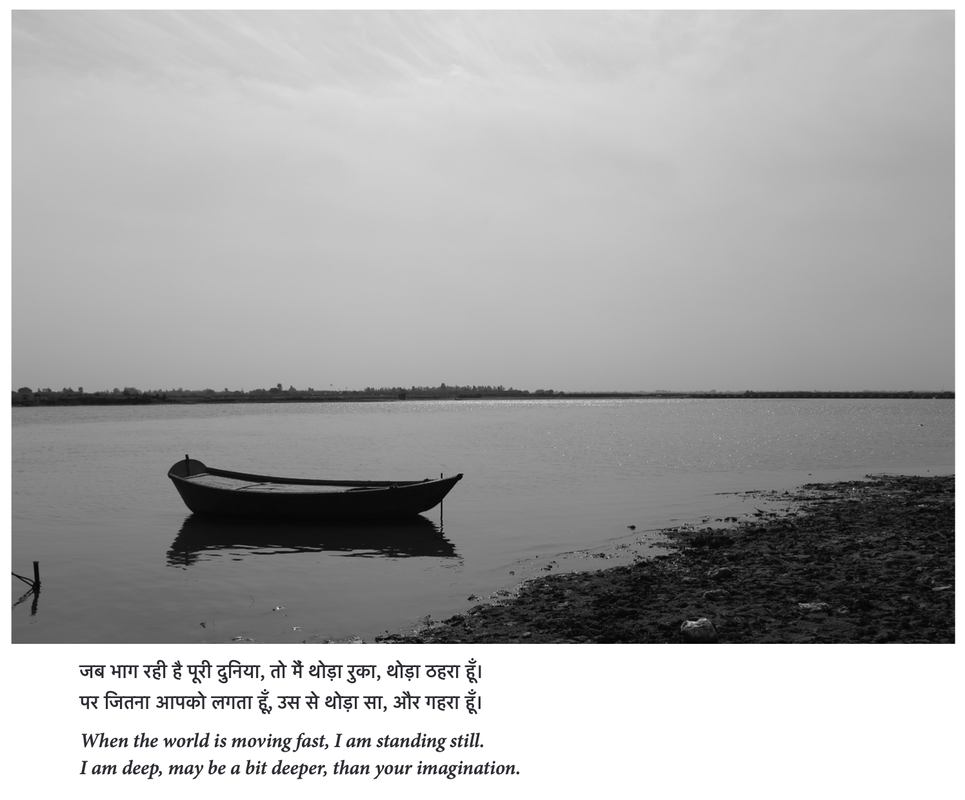 Separated by a thousand kilometres of land, connected by the moving water of river Ganges, Bithoor and Kolkata, both, reflect the historicity of Indian water-aligned towns. Curiously, Bithoor was the last seat for the Marathas and Kolkata canal system begins with the 'Maratha Ditch' to keep the Marathas out of the British town. Both the towns witnessed water integral to the development of their civilization. On one thread of history, Kolkata has thrived through its geopolitical location and vibrant ecosystem, on the other, Bithoor subdued as its last patron, Marathas, lost to British. In the 1860s, British chose nearby Cawnpore (Kanpur) over Bithoor as one of the major railway junctions and trade centers, which did not help the town's future. While the rest of the book navigates through the channels of Kolkata as its physical context, this ethnographic photo essay makes an attempt to narrate the embedded warp and wrath of pratha (traditions) and praja (people) of Bithoor. A small settlement near the industrial metropolis of Kanpur and one of the oldest living towns in the world, Bithoor showcases another type of cultural landscape to add to the contextual and typological richness of the possible landscape urbanism discourses captured in this book. However, despite its rich heritage and glorious past, the town, today, laments the ignorance and abuse of its dwellers and users, much like the canals of Kolkata facing now. The author originally composed the narration in Hindi, the native speech of Bithoor. While following the native version closely, he has presented a bilingual narrative here for a wider readership. Read More The developing world witnesses material and capital scarcity in its everyday life. This condition has led to many people finding contextual solutions to problems that arise with a product or service. The solutions are indigenous, flexible, and organic and originate through innovative fixes created by the users themselves. Jugaad is one such problem-solving approach yielding quick fixes in constrained socio-economic conditions. It is a creative approach which utilizes few resources and delivers contextual results for the users. It often caters not just to need but also to aspirations through its function or expression.
Read more Do designed products communicate? How? What? Is there any scientific method to study the semantics of design?
Yes, there is 'Product Semantics'. Sharing a piece developed based only learning experience (through Prof Uday Athavankar, IDC IIT B) and teaching experience (at BArch, SPA Bhopal) on the subject. Read More Kalaa is a word from the Indian art tradition which is often used as a parallel or as a translation of the word “art.” However, the synonym is just superficial. Indology scholars argue that the translation of the Sanskrit word “kalaa” as “art” does not justify the contextual richness and historical layering of the word. The Indian roots of “to design” and “to delve into the practice of innovation” go back to the ancient texts.
Read More |
Archives
October 2023
Categories
All
|
Saurabh Tewari
Saurabh Tewari
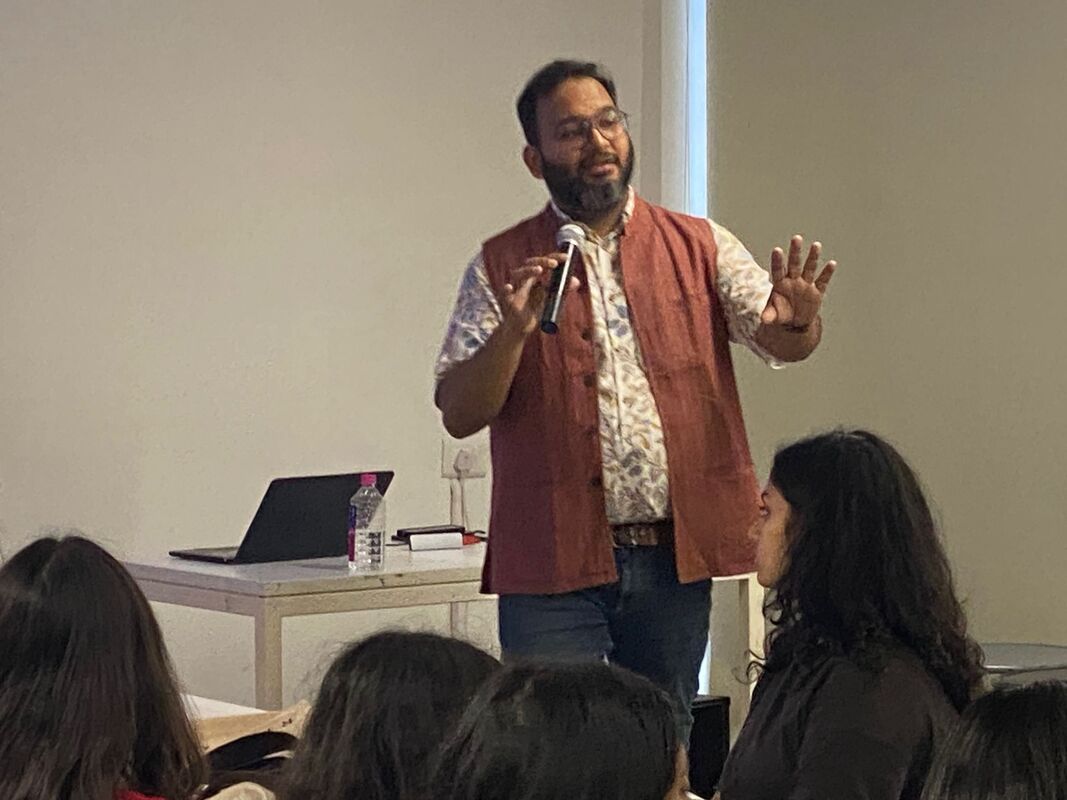
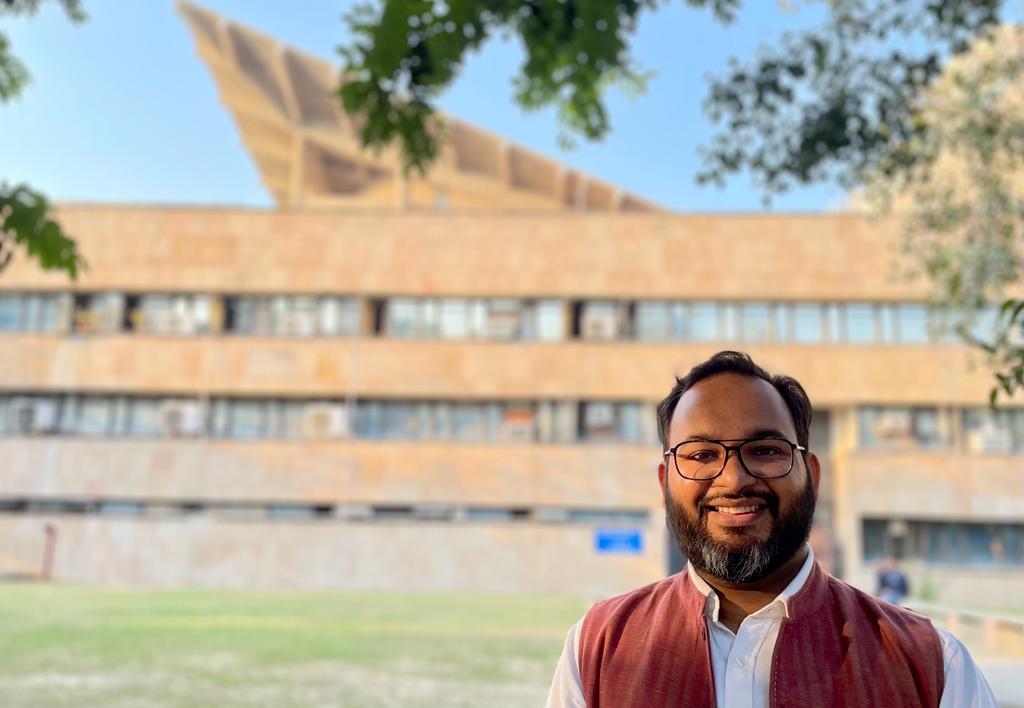
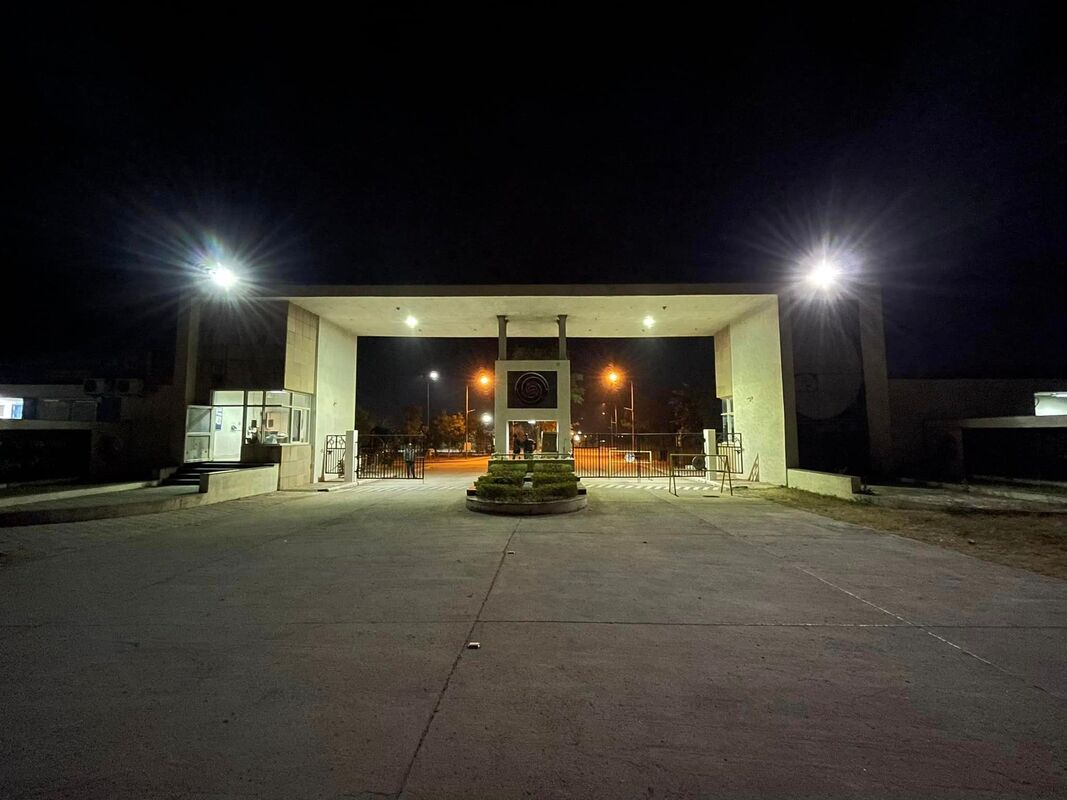
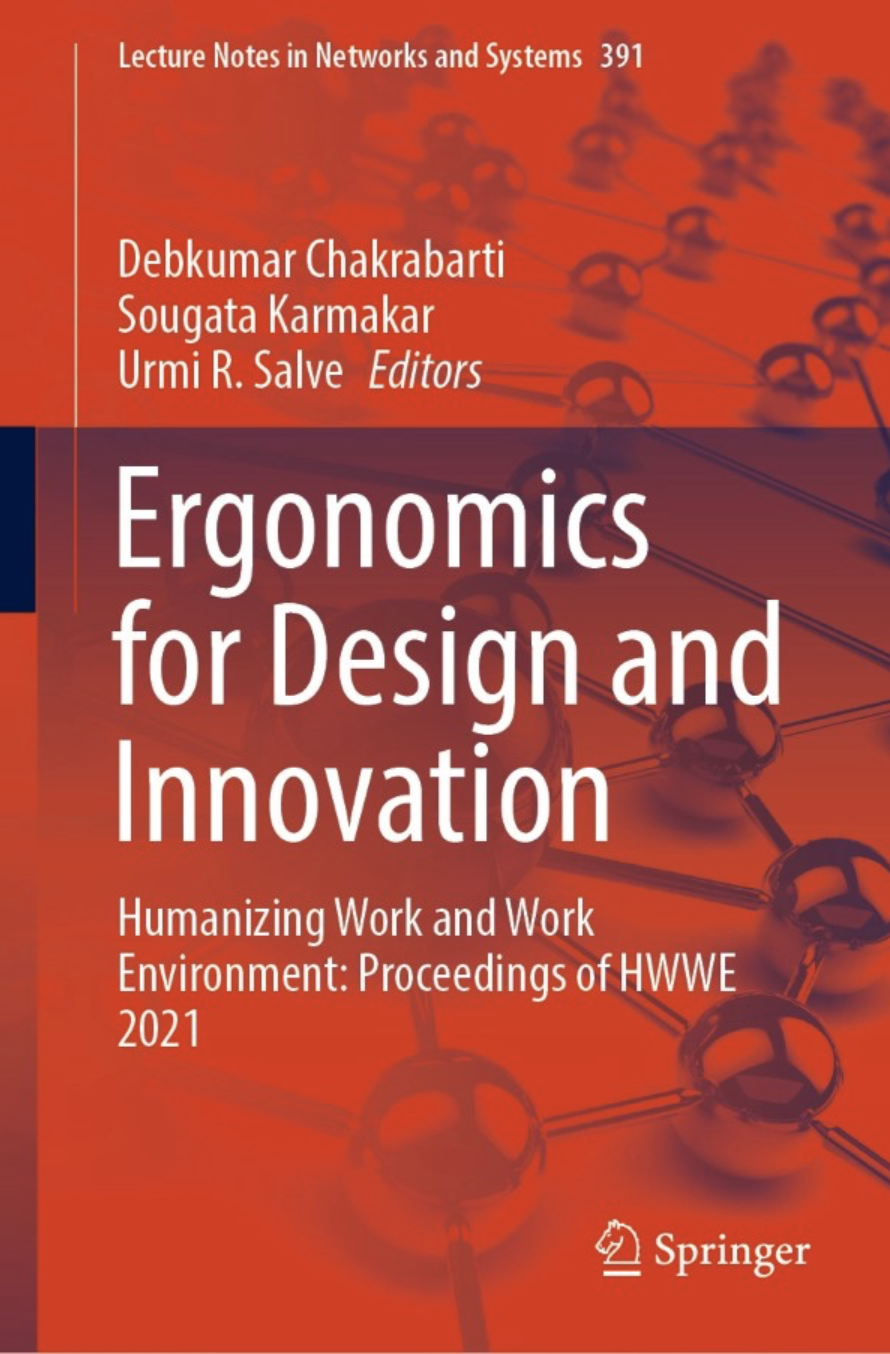
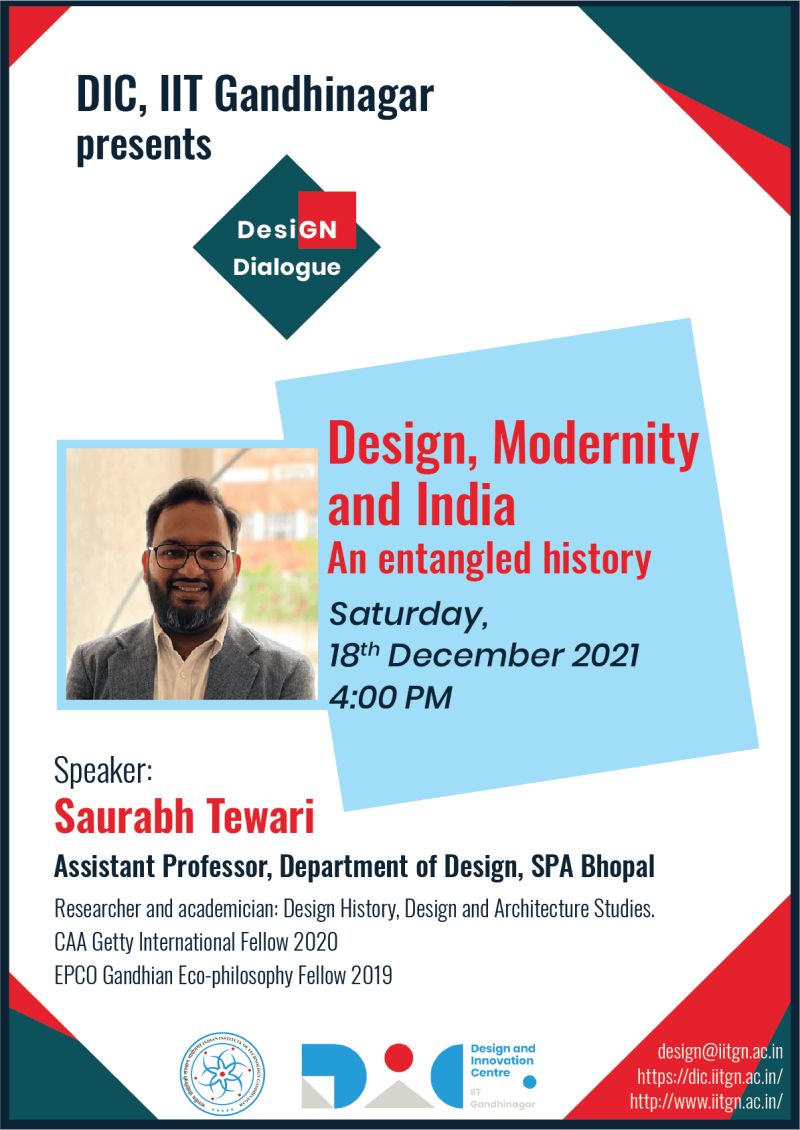
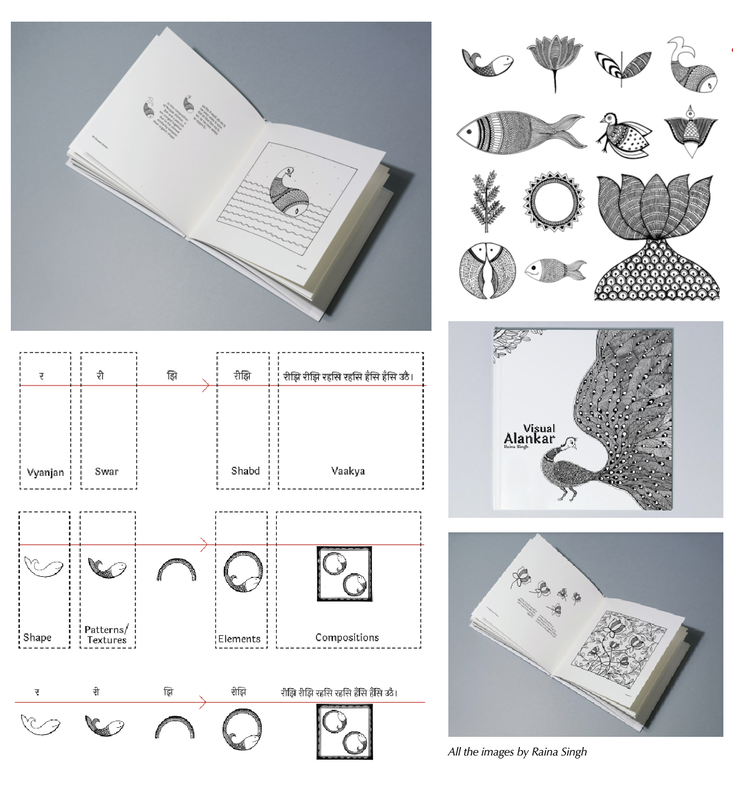
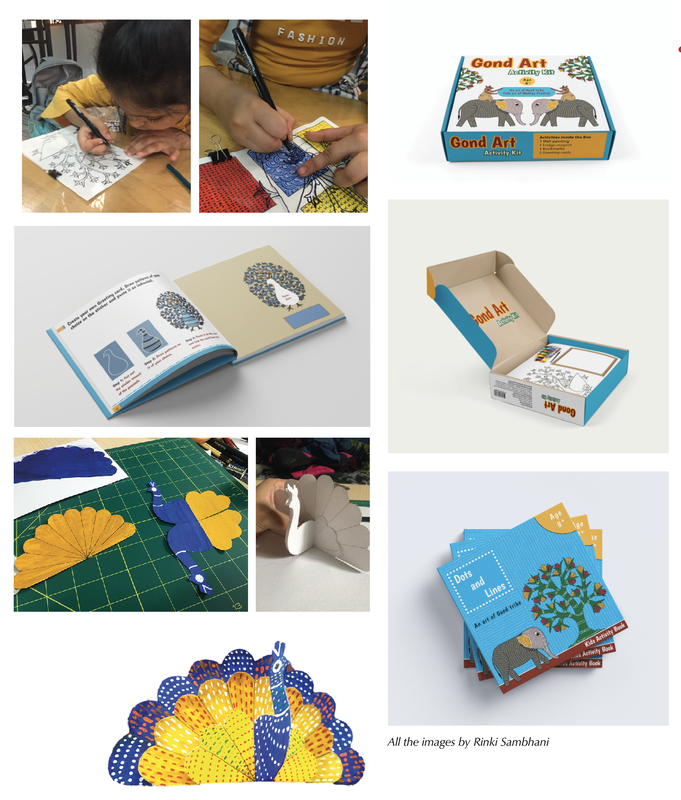
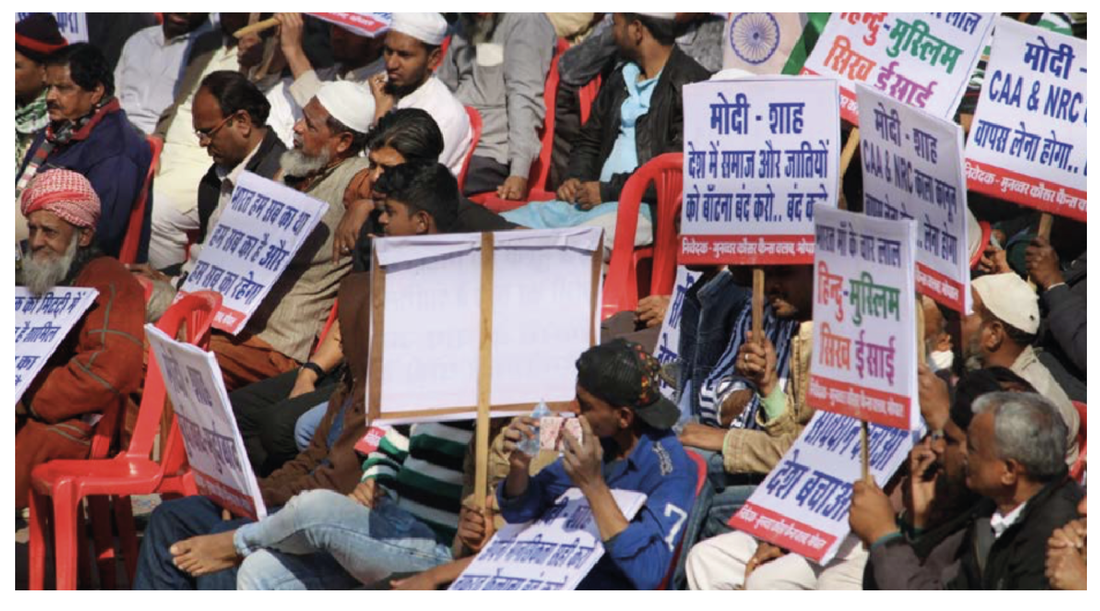
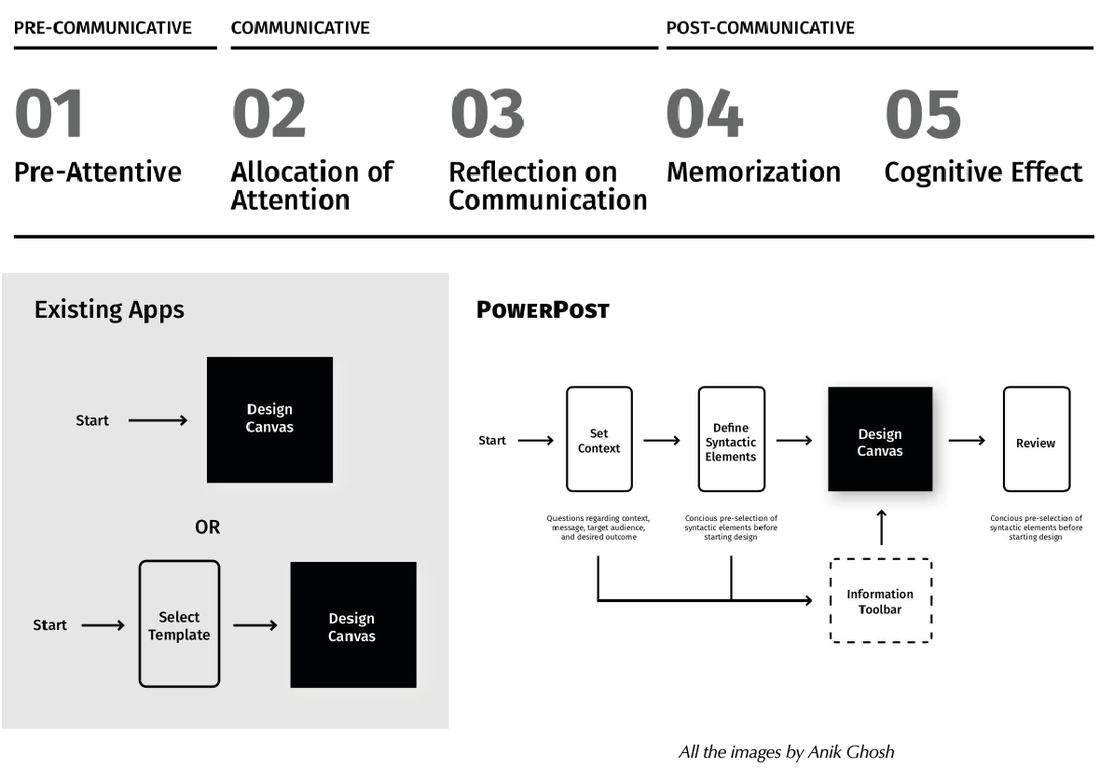
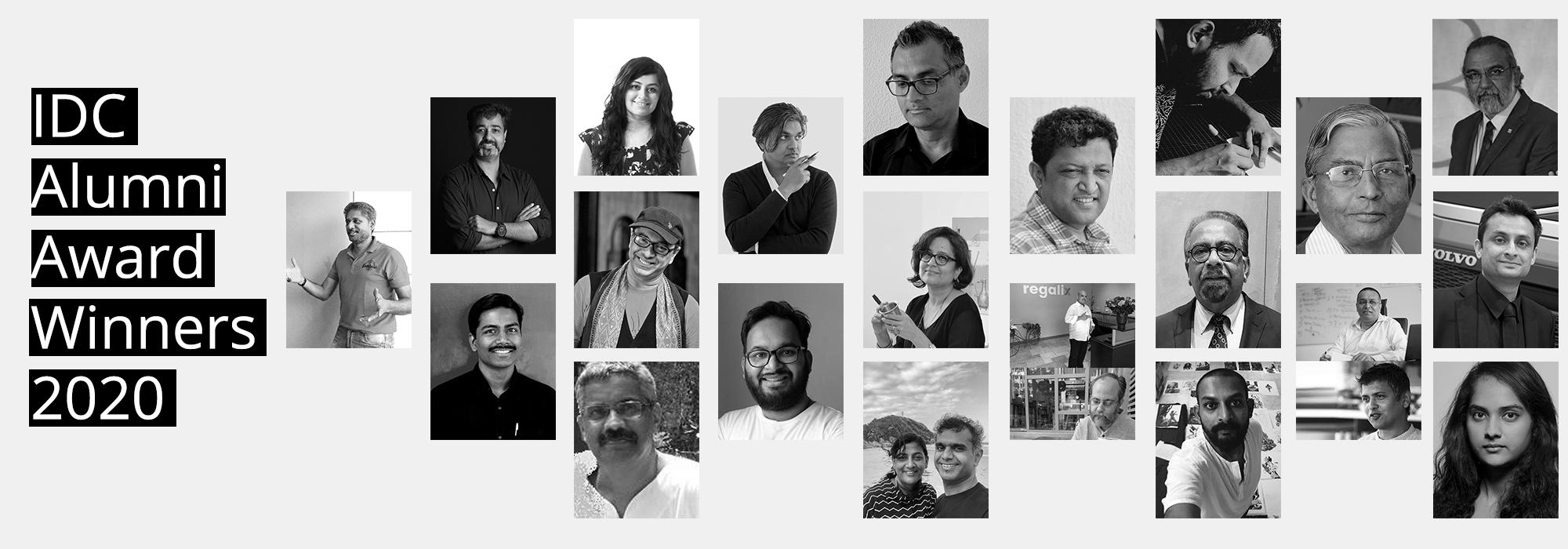
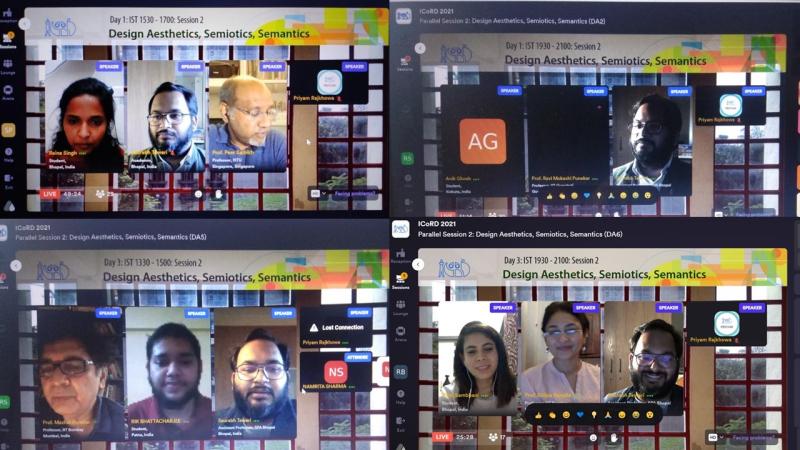
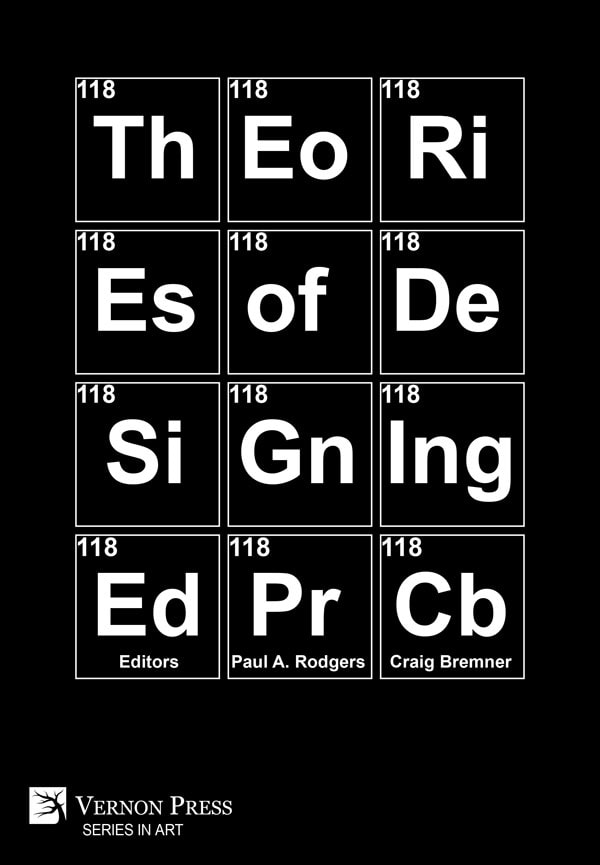
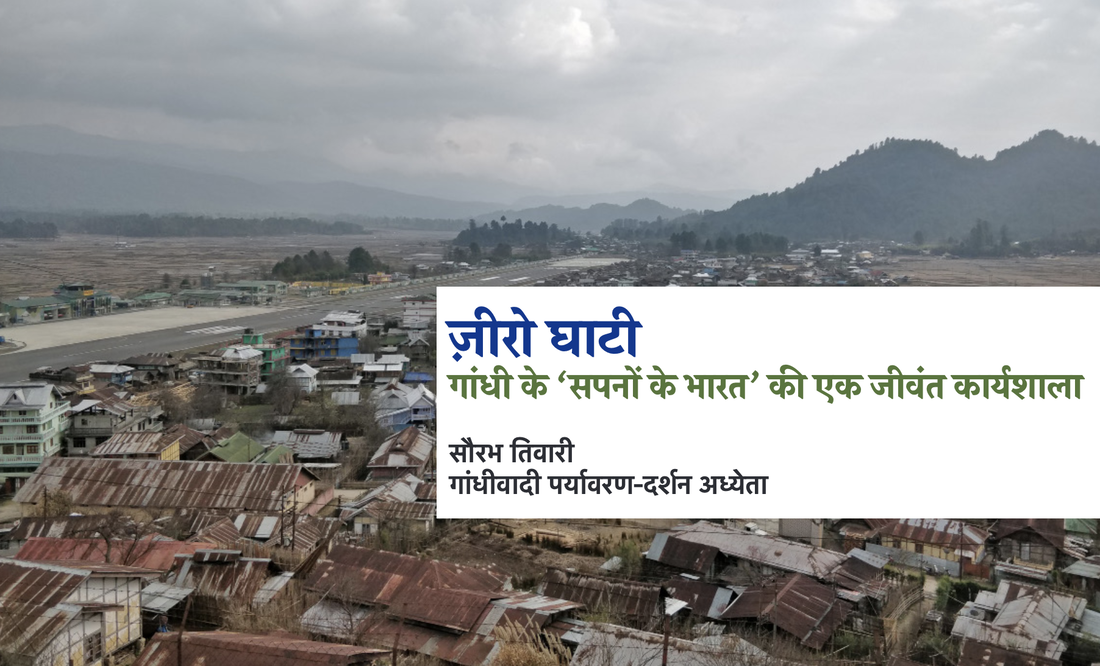
 RSS Feed
RSS Feed
